Tour de France 2020: Six things to look out for during the first week
A big opening week awaits the riders of the 2020 Tour de France
A demanding week for the sprinters
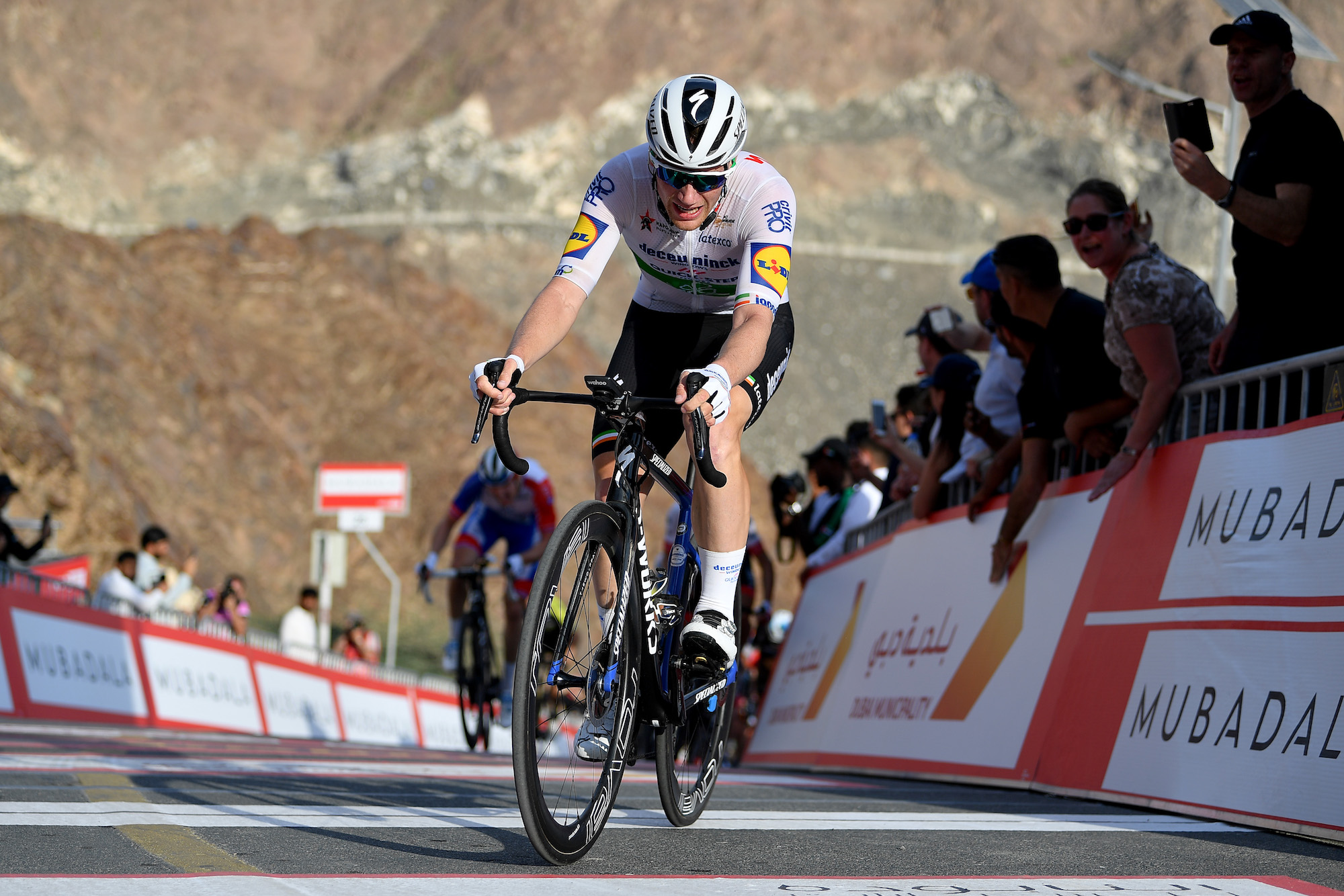
Even by the standards of modern editions of the Tour de France, which have long moved on from the bunch sprint-heavy openings of the 1990s and early 2000s, this is not a first week that is kind to the sprinters.
Each stage that could end in a bunch finish is immediately followed by one that certainly won't, so that by the time the race reaches the Pyrenees at the weekend, they’ll have only had a maximum of four chances to go for stage victories.
>>> Tour de France 2020 route: Eight mountain finishes and uphill time trial to decide 107th edition
And even these four stages are littered with difficulties that could scupper their plans, whether it’s climbs difficult enough to drop them before the finish (stage one), rolling terrain that will help early breakaways (stage three), climbs near the finish and draggy uphills to the line to encourage punchy late attacks (stage five), or potentially even crosswinds tearing the peloton to pieces (stage seven).
On the plus side, they will at least have the chance to compete with each other for the chance to wear the first yellow jersey of the race, provided the opening stage to Nice and back ends in a sprint.
But, even in the event of the sprint, whoever does win will possess the jersey for just one day, as the following day — very unusually for a stage this early in the race — features two category one climbs.
Get The Leadout Newsletter
The latest race content, interviews, features, reviews and expert buying guides, direct to your inbox!
Cruelly, upon leaving Nice the route detours back into the fringes of the Alps for what is a full-on mountain top finish, ski resort and all, on stage four, before at last heading westwards towards the Pyrenees — and even then, more climbs await en route in the Massif Central.
There are opportunities for victories in the opening week for the sprinters, but they’ll have to work harder than usual for them.
The seventh edition of La Course
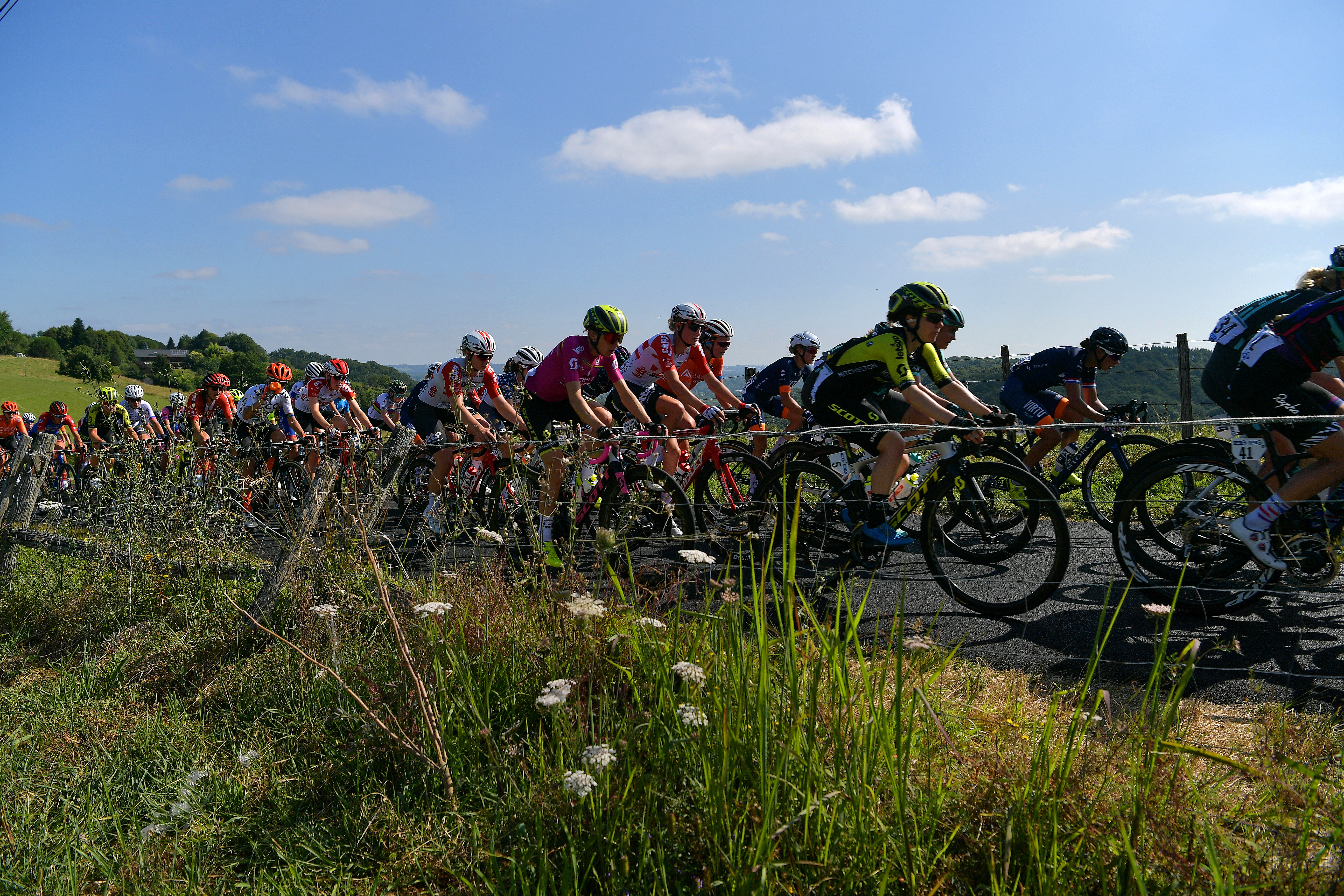
Following a few years of more adventurous courses, including some experiments with a multi-day format, this year’s La Course (held August 29, the day of the men’s Grand Départ) is a much more straightforward affair, and should be one for the sprinters.
That is, unless Annemiek van Vleuten (Mitchelton-Scott) has her way. The reigning world champion has seemed almost able to bend physics to her will since adorning the rainbow stripes, winning six of the eight races she’s competed in this season.
She’s likely to attempt to force a selection and/or break clear on the route’s only climb, the Côte de Rimiez, a modest effort lasting 5.8km at 5.1 per cent, crested twice at 88km and 31.5km from the finish.
However, even a rider as strong as Van Vleuten (who has expressed her frustration at the length (Just 96km) and lack of climbs on the route) might not be able to prevent a bunch finish, in which case the sprinters like Marta Bastianelli (Ale BTC Ljubljana), Chloe Hosking (Rally Cycling) and defending champion Marianne Vos (CCC-Liv) should come to the fore.
And for those who believe in omens, the name of the finishing straight, Promenade des Anglais, could be a good sign for the Brits racing, among them Hannah Barnes (Canyon/SRAM) and GP Plouay winner Lizzie Deignan (Trek-Segafredo).
In truth, the route doesn’t look like the best showcase for women’s cycling, especially compared with the thrilling couple of races in Bretagne held earlier this week. A proper women’s Tour de France, which UCI president David Lappartient this week promised would be in place for 2022, cannot come soon enough.
A fight for the yellow jersey
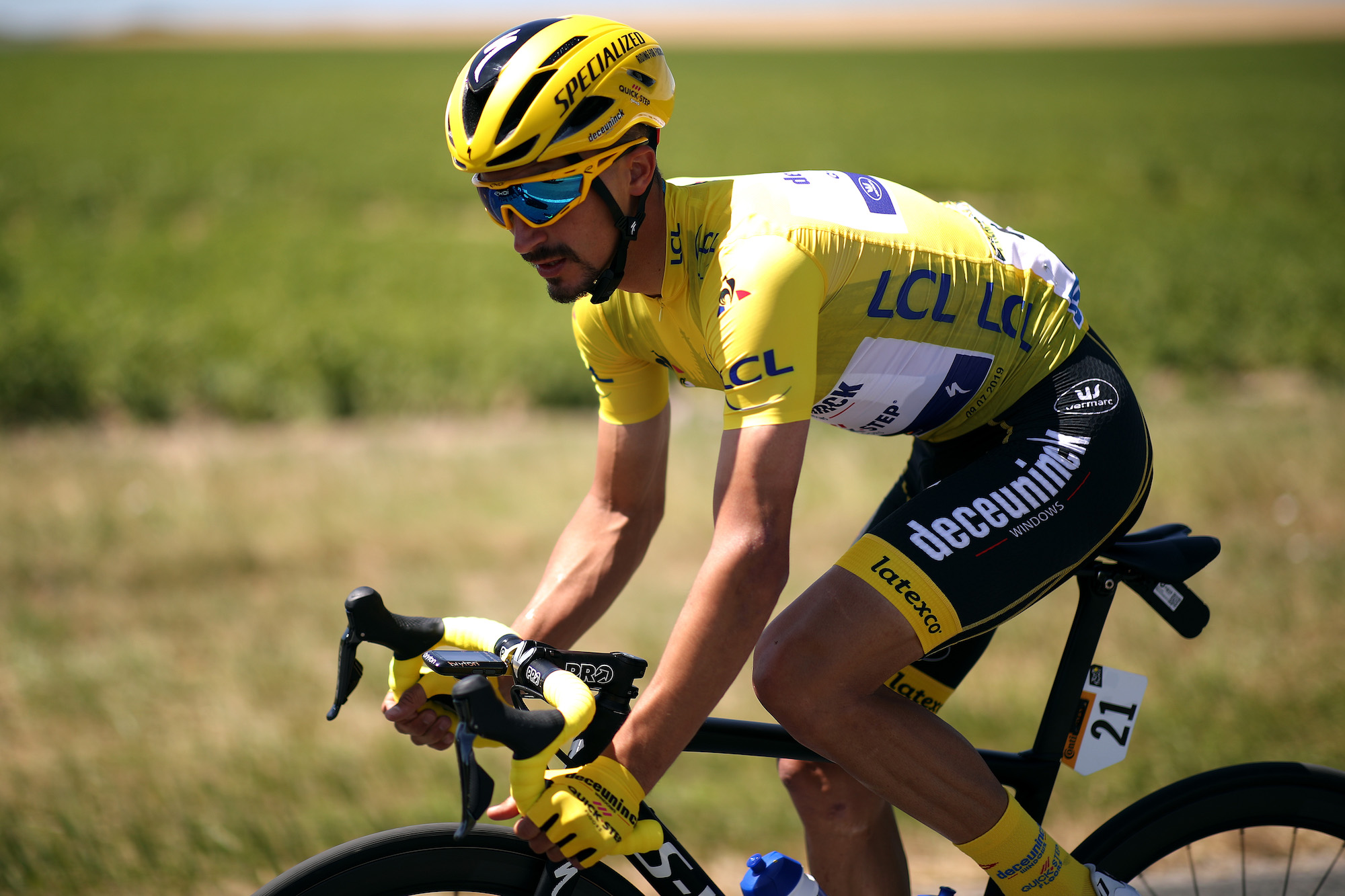
Anyone hoping to be in yellow come Paris might be cautious of inheriting the jersey this early into the race, but for those with less long-term ambitions, the opening week provides plenty of chances to take custody of cycling’s most famous outfit.
After the likely sprinter’s stage on the opening day, punchier riders have a chance to claim leadership of the race on stage two. The early Côte de la Colmiane and Col de Turini will take out of contention anyone who can’t climb, while the Col d’Eze 34km from the finish, plus another uncategorised climb afterwards, look ideal for a puncheur to launch a race-winning and yellow jersey-gaining attack.
>>> Tour de France 2020 start list: Teams for the 107th edition
A puncheur like, say, Julian Alaphilippe (Deceuninck-Quick-Step). It’s hard to believe the organisers didn’t have the French favourite in mind when designing this stage, and they are probably hoping for a repeat of last year when he claimed the jersey on stage three, and defended almost all the way to Paris.
Whoever does take the jersey will, however, find it difficult to defend over the coming days. Only the very best climbers will remain at the front of the race on stage four’s finish atop the category one Orcieres-Merlette, and stage six throws up another difficult finish, in which most of the final 34km take an uphill trajectory, including the climb of the category one Col de la Lusette.
And if a GC candidate like Primož Roglič (Jumbo-Visma) or Egan Bernal (Ineos) does find themselves in yellow earlier than intended, they may want to give it away temporarily to give their team-mates some rest — in which case there could be a chance for a wily breakaway specialist to pick the right move.
Wearing the yellow jersey even for just one day is one of the greatest honours of the sport, and anyone with the brains, brawn and ambition should fancy their chances of doing so this week.
Bunch sprints
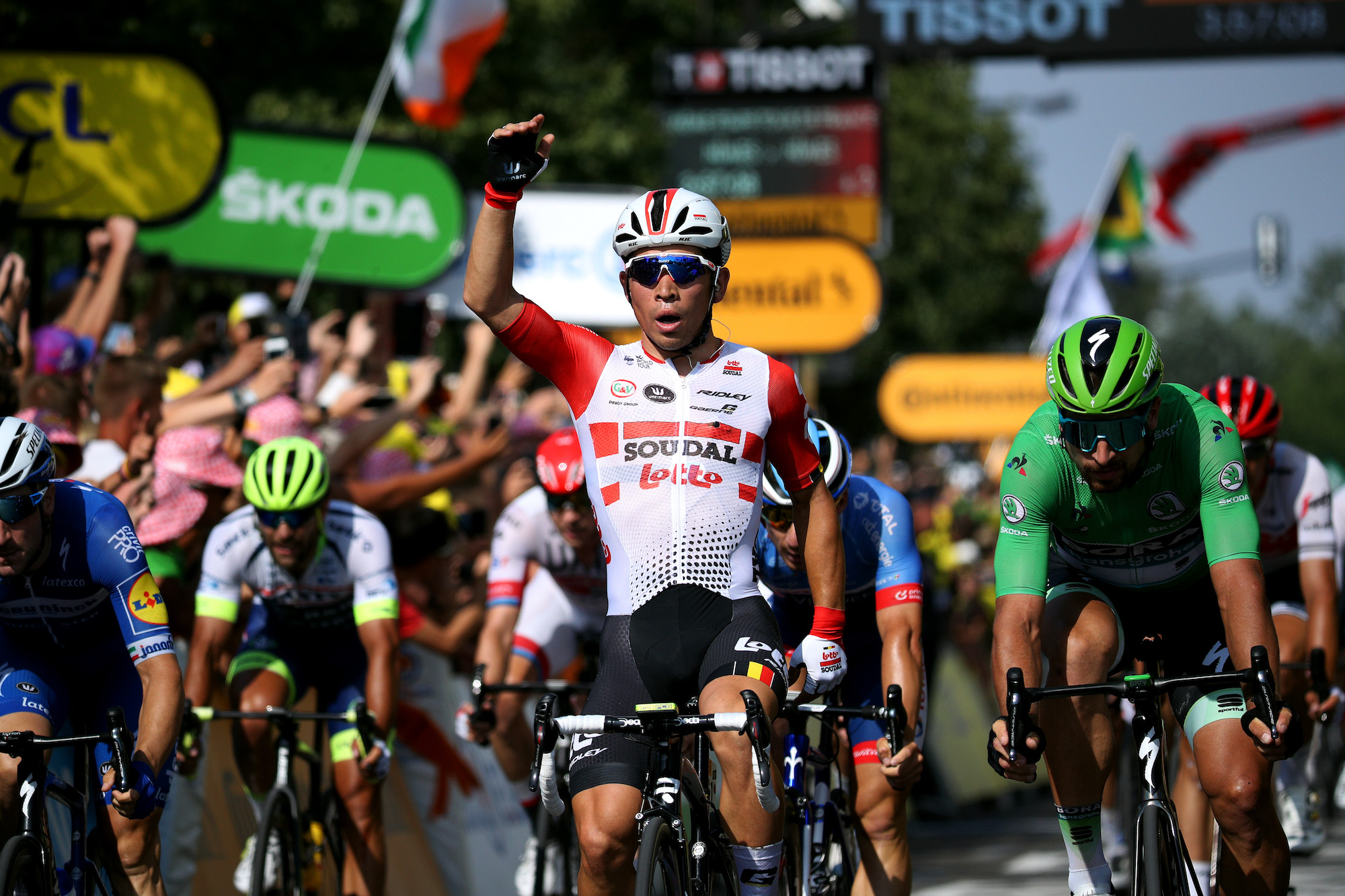
Perhaps put off by the relative scarcity of chances during this Tour, some of the world’s best sprinters like Dylan Groenewegen (Jumbo-Visma), Pascal Ackermann (Bora-Hansgrohe), Fernando Gaviria (UAE Team Emirates) and the on-form Arnaud Démare (Groupama-FDJ) will skip the Tour, but there’s still plenty of top sprinting talent set to battle for victory whenever a stage does end in a bunch sprint this week.
Caleb Ewan (Lotto-Soudal) will be hoping to pick up where he left off from last year’s race, which he finished with a glorious third stage win on the Champs-Élysées. Still aged just 26 and getting better with each passing year, the Australian would make a convincing case of being the very best sprinter in the world with another haul of victories this week.
>>> Tour de France 2020 predictions: what can we expect from each team this year?
His main rival is likely to be Sam Bennett, at last returning to the Tour after a four-year absence. In that time he’s vastly improved to become one world’s best in a bunch finish, but only now, having signed for Deceuninck-Quick-Step, will the Irishman get to show what he can do at the very highest stage. He’ll be determined to make the most of that opportunity.
He replaces Elia Viviani as Deceuninck-Quick-Step’s man for the sprints, who claimed one win in last year’s race and has now moved to Cofidis. He’s without a win so far for his new team, but, at his best, has the speed to push both Ewan and Bennett.
These three are all part of the sprinting establishment and have multiple Grand Tour wins to their name, but other less established names could make a breakthrough. Look out for young Italian Clement Venturini (Ag2r La Mondiale), Paris-Nice stage winner Niccolo Bonifazio (Total Direct Energie), and, above all, 25-year-old Dutchman Cees Bol (Sunweb).
Challengers to Peter Sagan’s green jersey defence
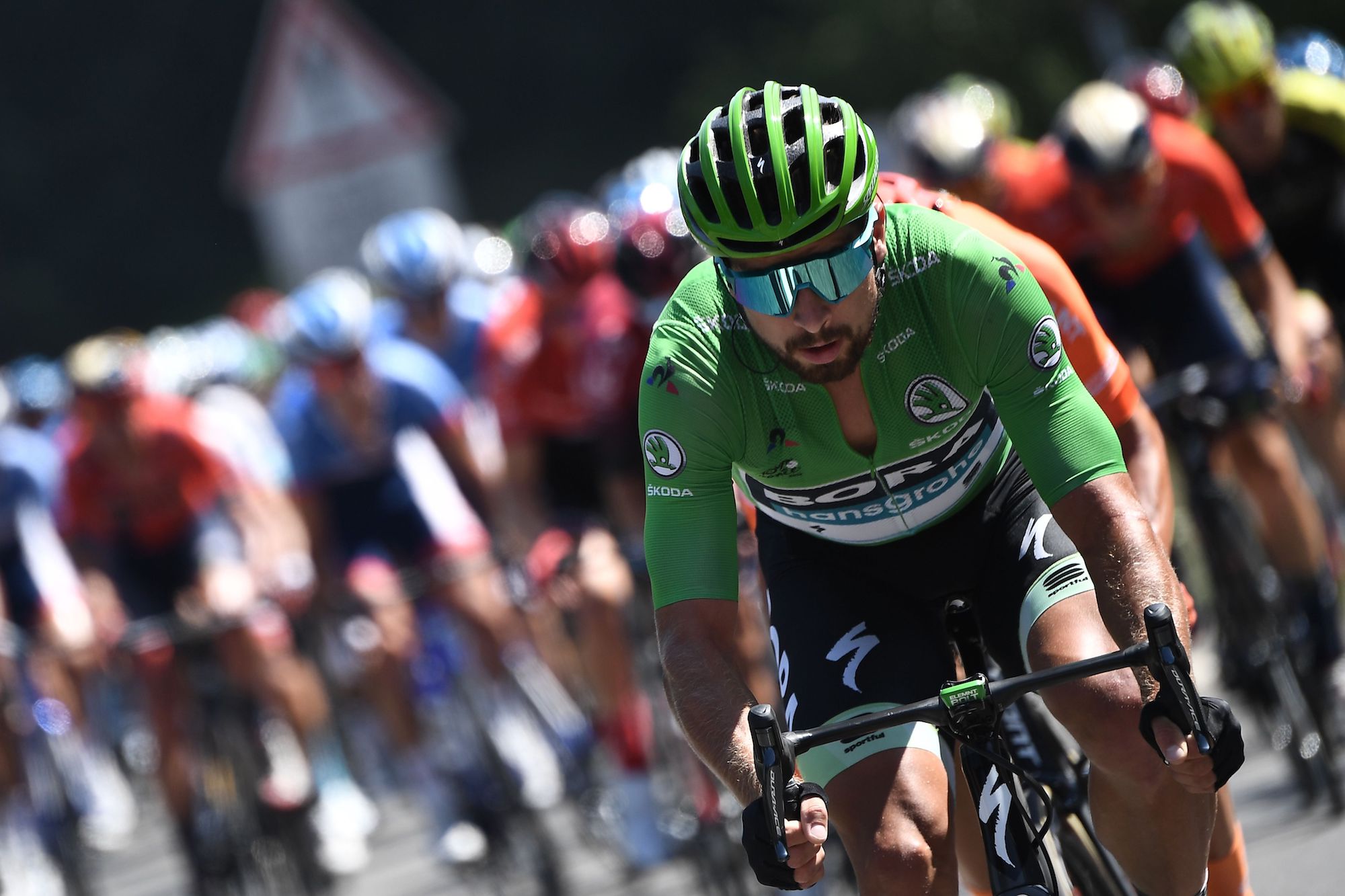
With such a diverse range of stages, some of which may prove too much for pure sprinters but not take out of contention the more versatile sprinters, this week will reveal who, if anyone, is capable of challenging Peter Sagan (Bora-Hansgrohe) in the points classification.
As anyone who’s followed the Tour at all in recent years knows, the Slovakian appears virtually unbeatable in this competition, and last year broke the all-time record by winning an unprecedented seventh title. Sprinters like Ewan and Bennett might have the beating of him in a head-to-head finish, but can’t match Sagan’s consistency and ability to score points in all terrain aside from the high mountains.
Now, however, has he at last met his match in Wout van Aert? The Belgian’s form this season certainly suggests he’s perhaps the only rider who can match Sagan’s versatility, having registered victories in bunch finishes (at the Dauphiné), time trials (at the Belgian National Championships) and attacks (Strade Bianche and Milan-San Remo). But we may have to wait until a future Tour for a showdown between the two, as Van Aert will be occupied with domestique duties in service of Jumbo-Visma’s bid for the yellow jersey.
Instead, it’s down to the likes of Sonny Colbrelli (Bahrain-McLaren), Jasper Stuyven (Trek-Segafredo), Matteo Trentin (CCC) and Alexander Kristoff (UAE Team Emirates) to take the race to Sagan, all of whom have chased the green jersey before, and all of whom have been left in Sagan’s shadow.
The seven-time winner might want to pay close attention to Giacomo Nizzolo (NTT), however, who’s in the form of his life having won both the European and Italian Championships, and has in the past won the Giro d'Italia points classification twice (in 2015 and 2016).
Two mountain top finishes and a weekend in the Pyrenees
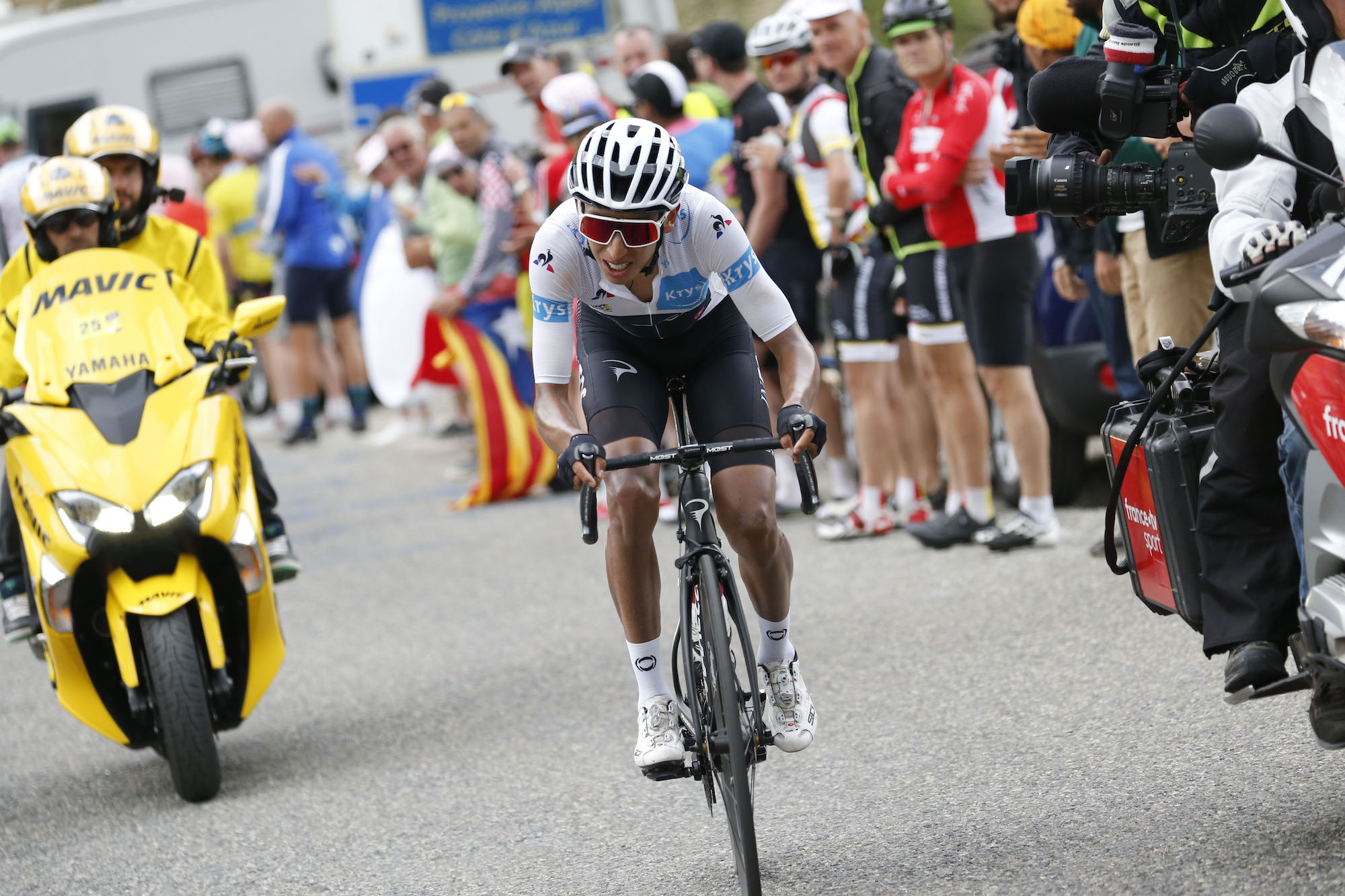
The Covid pandemic will cast an ominous shadow over the race, and from one day to the next we can’t be sure how long the race will be able to last. So it’s just as well that the route features a total of four key GC stages even before the first rest day.
The race for yellow will begin in earnest on stage four’s finish to Orcieres-Merlette, a climb that is neither too long (7.1km) nor too steep (6.7 per cent) to cause havoc, but is hard enough to whittle the race down to a select few favourites. The same can be said of the finale of stage six.
Stages eight and nine and the race’s arrival into the Pyrenees will be the riders’ first taste of real, bonafide mountain stages. On Saturday, they will be sent over three famous Pyrenean climbs in succession, the Col de Mente, Port de Bales, and Col de Peyresourde with little respite between each. Then a further four climbs await on Sunday, most notably the Col de Marie Blanque, which features gradient of double-digit percentages for its final four kilometres.
Neither stage finishes atop a climb — the Peyresourde and Marie Blanque are crested 10.5km and 19km from their respective finishes in Loudenvielle and Lanus — but the accumulated fatigue from total amount of climbing should see the race in bits nevertheless.
Having so many mountains so early in the race is unprecedented in contemporary Tours de France, and could derail the hopes of anyone not yet in peak physical condition.
With so many top favourites (including Egan Bernal (Ineos), Primož Roglič (Jumbo-Visma), Nairo Quintana (Arkéa-Samsic) and Emanuel Buchmann (Bora-Hansgrohe)) all still nursing recently sustained injuries, and lacking the usual luxury of more straightforward stages to ease themselves into the race, some very big names could see their chances go up in smoke very early on.

Thank you for reading 20 articles this month* Join now for unlimited access
Enjoy your first month for just £1 / $1 / €1
*Read 5 free articles per month without a subscription

Join now for unlimited access
Try first month for just £1 / $1 / €1
Stephen Puddicombe is a freelance journalist for Cycling Weekly, who regularly contributes to our World Tour racing coverage with race reports, news stories, interviews and features. Outside of cycling, he also enjoys writing about film and TV - but you won't find much of that content embedded into his CW articles.
-
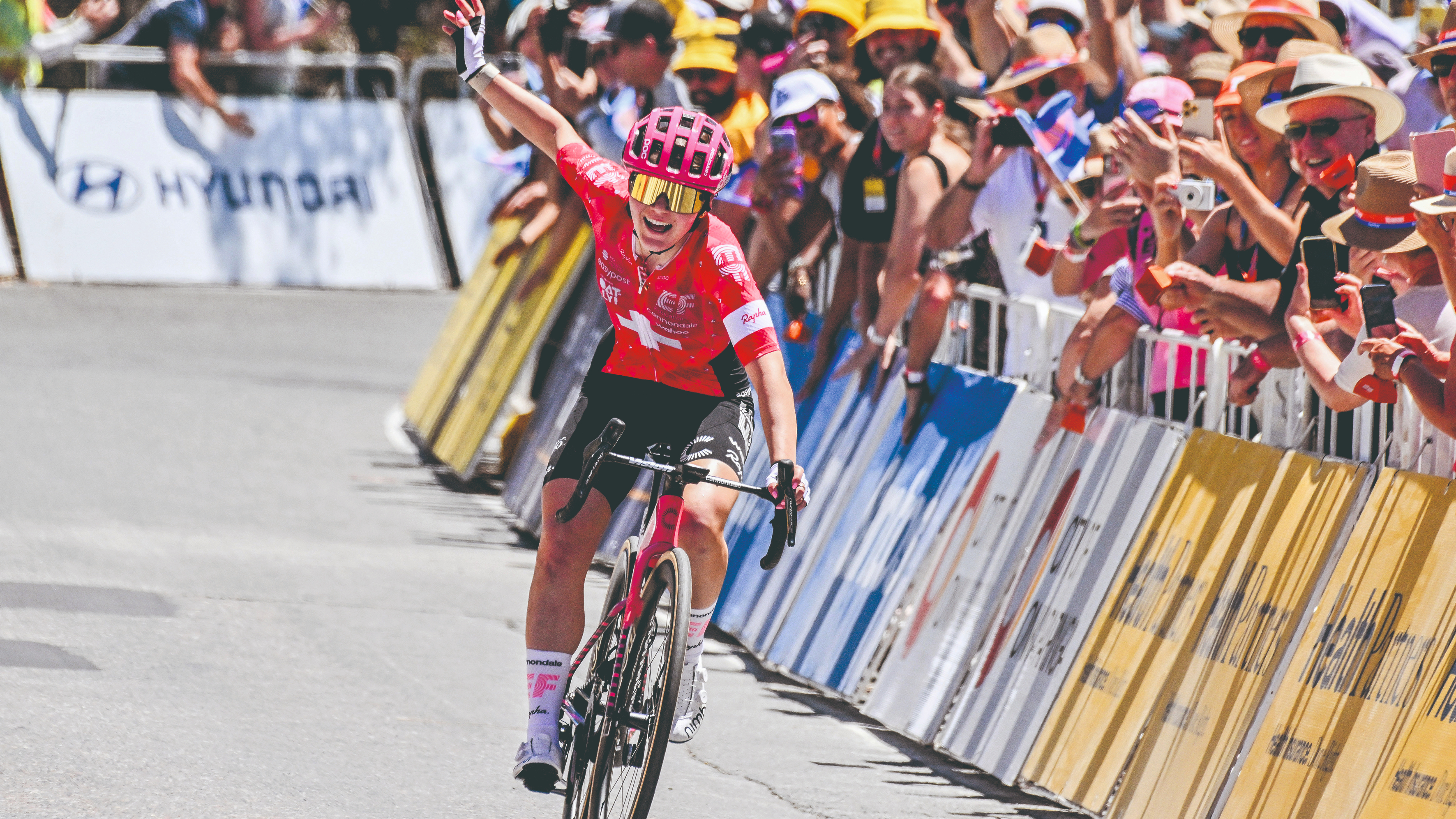 How do the pros train? Noemi Rüegg's 26 hour training week
How do the pros train? Noemi Rüegg's 26 hour training weekWinner of this year’s Tour Down Under, the EF Education-Oatly rider is a climber whose talent is taking her to the top
By Chris Marshall-Bell
-
 Save £42 on the same tyres that Mathieu Van de Poel won Paris-Roubaix on, this Easter weekend
Save £42 on the same tyres that Mathieu Van de Poel won Paris-Roubaix on, this Easter weekendDeals Its rare that Pirelli P-Zero Race TLR RS can be found on sale, and certainly not with a whopping 25% discount, grab a pair this weekend before they go...
By Matt Ischt-Barnard